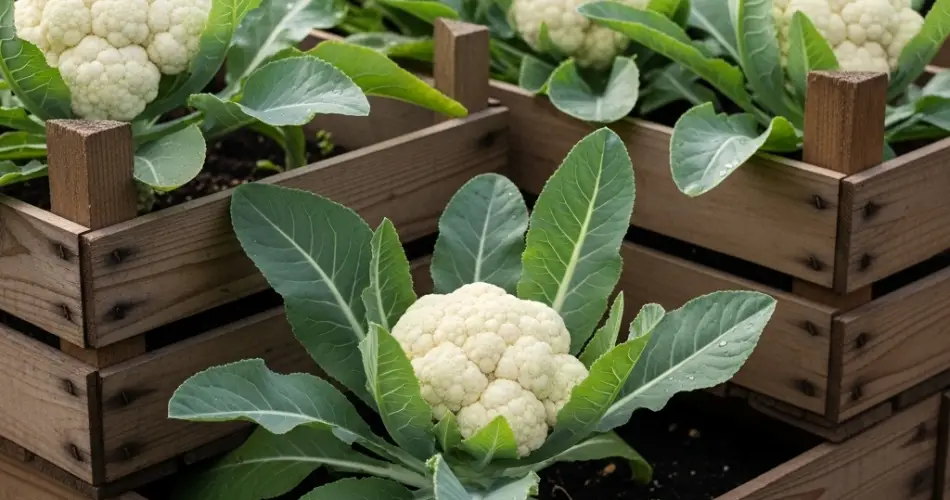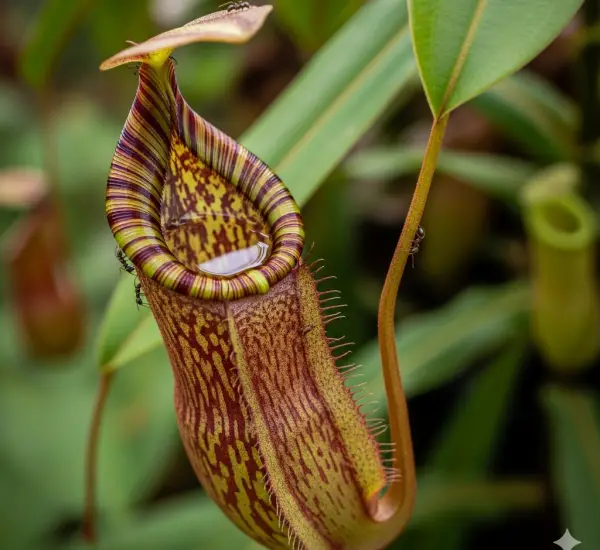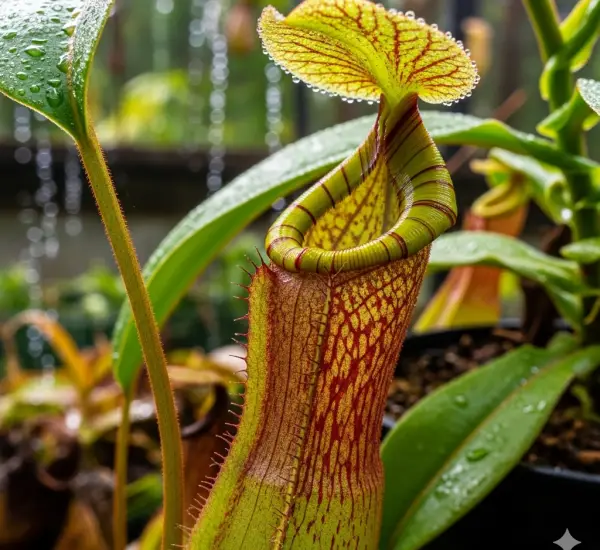Cauliflower is a rewarding vegetable to grow, but it is also one of the most sensitive crops when it comes to water management. Unlike hardy greens or drought-tolerant herbs, cauliflower requires consistent and careful watering to develop its signature white curds. In crate gardens, where soil volume is limited and dries out faster than in the ground, watering becomes even more crucial. Proper moisture ensures not only healthy growth but also prevents common issues such as loose heads, bitterness, or premature bolting.
If you are cultivating cauliflower in wooden or plastic crates, here are essential watering tips to help you achieve a bountiful harvest.
The Importance of Consistent Moisture
Cauliflower has a shallow root system, making it especially dependent on steady moisture. Unlike deep-rooted crops that can search for water below the soil surface, cauliflower relies on the top layers of soil, which dry out quickly in crates. Inconsistent watering can cause several issues:
-
Loose curds: Heads may not form tightly.
-
Bitterness: Irregular watering stresses the plant, affecting flavor.
-
Bolting: Excessive heat and drought cause plants to flower prematurely.
Maintaining even soil moisture is the best way to prevent these problems and keep your crate-grown cauliflower thriving.
How Often Should You Water?
The frequency of watering depends on crate size, soil type, and weather conditions. As a general guideline:
-
Spring and fall crops: Water 3–4 times per week if temperatures are moderate.
-
Hot weather: Daily watering may be necessary, especially during dry or windy conditions.
-
Cooler conditions: Reduce frequency but never let the soil dry out completely.
The goal is to keep soil consistently moist—not soggy. Overwatering can suffocate roots and encourage diseases like root rot.
Best Practices for Watering Crate-Grown Cauliflower
1. Water Deeply and Evenly
A light sprinkle on the surface is not enough. Water should penetrate at least 6 inches deep to reach the roots. Deep watering encourages roots to grow stronger and reduces stress during hot days.
2. Morning Watering is Best
Watering in the morning allows plants to absorb moisture before the sun reaches its peak. This reduces evaporation and gives the leaves time to dry, lowering the risk of fungal diseases.
3. Avoid Wetting the Curds
When heads begin to form, avoid splashing water directly onto them. Excess moisture on curds can lead to discoloration or mold. Direct water to the base of the plant instead.
4. Mulch for Moisture Retention
A layer of straw, shredded leaves, or compost on top of the soil helps reduce evaporation. Mulching not only keeps soil cooler but also minimizes the need for frequent watering.
5. Use a Drip Irrigation System
For gardeners growing multiple crates, a drip irrigation line ensures even and consistent watering. It also delivers water directly to the roots, preventing waste and reducing the risk of wet foliage.
Adjusting Watering for Growth Stages
Cauliflower requires different water levels at different stages of growth:
-
Seedlings: Water lightly but frequently to keep soil damp and support delicate roots.
-
Vegetative stage: Increase watering as plants develop large leaves, which require more moisture.
-
Curd formation: This is the most critical stage. Maintain steady moisture to ensure compact, white heads.
-
Maturation: Continue regular watering until harvest. If soil dries out at this point, heads may become loose or bitter.
Signs of Improper Watering
It’s important to recognize when your cauliflower plants are not getting the right amount of water. Common symptoms include:
-
Underwatering: Wilting, yellowing leaves, and small, loose heads.
-
Overwatering: Yellow lower leaves, stunted growth, or foul-smelling soil.
Checking soil moisture with your finger is the simplest way to test. Insert your finger 2 inches into the soil—if it feels dry, it’s time to water.
Seasonal Considerations
-
Summer: High heat causes crates to dry quickly, so check soil moisture twice daily.
-
Rainy season: Reduce watering but ensure crates have proper drainage holes to prevent waterlogging.
-
Cold season: Cauliflower prefers cooler temperatures, but drying winds can still pull moisture from the soil, so monitor closely.
Final Thoughts
Watering is the foundation of successful cauliflower crate gardening. Because crates dry out more quickly than in-ground beds, maintaining consistent moisture is key to producing firm, flavorful curds. By watering deeply, applying mulch, and adjusting your schedule to match the plant’s growth stages and seasonal changes, you can avoid common problems and enjoy a healthy harvest.
With the right watering practices, even small crate gardens can yield beautiful white cauliflower heads that are crisp, nutritious, and ready for your kitchen.



